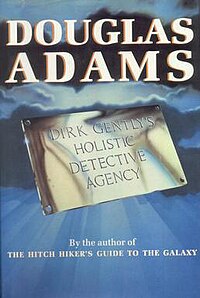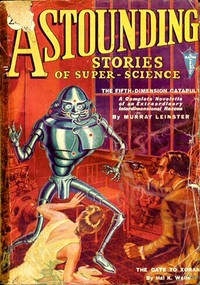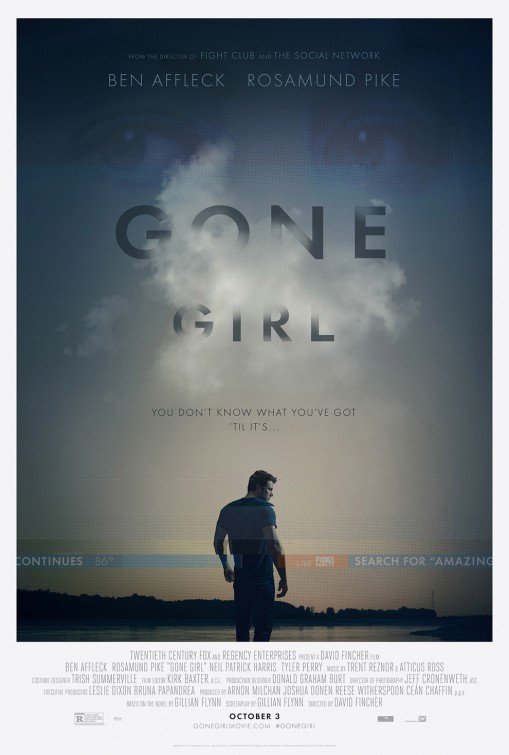ANYWAY.
 Why I'm reading
Why I'm readingI got a home brewing setup for Christmas!!! Including with this and one other book on home brewing. The other book is mostly recipes, so I won't be reviewing it.
Where I got the book
Mom and Poppy.
Expectations
No idea.
So how was it?
It was a little disorganized, but got the point across. I liked that it had a dumbed-down "first brew" section for newbies. The second section got into more complicated types of beers, mainly focusing on the foundations of each beer type so you can develop your own, with a few recipes at the end. The final section was an advanced look at the chemistry behind the brewing process, as well as even more complex techniques.
The tone of the book was friendly and conversational, and while I found the incessant slogan ("Relax. Don't worry. Have a homebrew.") kinda stupid, it always seemed to crop up right when I was getting a little anxious.
Recommendation
Although I don't have anything to compare it to, I would recommend it. As someone with no idea how to brew beer, it was engaging and started with the basics.
Feels
Friendly, engaging, conversational.
Favorites
The table in the intermediate section that lists the bare guidelines for each type of beer, allowing you to build your own recipe.
Least favorites
The organization of information is a little unclear in places -- definitely written by an expert who knows all there is to know about home brewing, but has maybe forgotten what it's like to not know anything, if that makes sense. I'm still not sure how to ferment in plastic buckets vs. glass jars ("carboys").
Writing style
Very clear and understandable, with a heavy focus on chemistry.



















